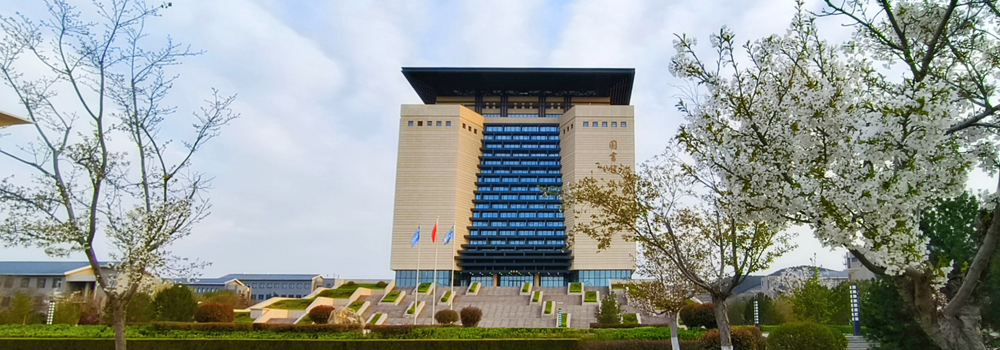授课内容:宏观经济学
授 课 人:澳大利亚莫纳什大学宏观经济学领域,中青年学者杜清源教授
授课时间:2019年6月22日—28日
授课地点:舜耕校区办公楼816
主办单位:财政税务学院
Syllabus
The readings for this course come from both books and journals. Some of the material covered in this course is treated in graduate macroeconomic textbooks such as:
1. Romer, David (1996), Advanced Macroeconomics, McGraw-Hill.
2. Blanchard, Olivier Jean and Stanley Fischer (1989), Lectures in Macroeconomics, MIT Press
Students interested in macroeconomics as a field are encouraged to purchase some of these. Each book covers some of the relevant material, and the reading list highlights places where the treatment most closely matches that of the lectures.
Course Outline and Reading List
1. Consumption and Savings
Blanchard and Fischer, Section 6.2 and 10.1
Romer, Chapter 7
Modigliani, Franco (1986), “Life Cycle, Individual Thrift, and the Wealth of Nations,” American Economic Review, 76, pp.297 – 313
2. Expectations and Economic Dynamics
Nerlove, Mark (1958), “Adaptive Expectations and Cobweb Phenomena”, Quarterly Journal of Economics, 72, pp. 227 – 240.
Muth, John (1961), “Rational Expectations and the Theory of Price Movements”, Econometrica 29, pp. 315 – 335.
Blanchard and Fischer, Section 5.1, Appendix to Chapter 5, Section 10.4
Barksy, Robert and J. Bradford De Long (1993), “Why Does the Stock Market Fluctuate,” The Quarterly Journal of Economics, 108, pp. 291-311
Techniques:
Blanchard, O., and C. M. Kahn (1980) “The Solution of Linear Difference Models under Rational Expectations”, Econometrica, 48, 1305-1313.
Sims, Chris (2000), “Solving Linear Rational Expectations Models”, unpublished manuscript, Princeton University.
3. Real Business Cycle Theory
Books: Handbook of Macroeconomics
Plosser, Charles (1989), “Understanding Real Business Cycles”, Journal of Economic Perspectives.
King, Robert, Charles Plosser and Sergio Rebelo (1988), “Production, Growth and Business Cycles: I. The Basic Neoclassical Growth Model”, Journal of Monetary Economics, 21, pp. 195-232.
Kydland, Finn and Edward Prescott (1982), “Time to Build and Economic Fluctuations,” Econometrica, 50, pp. 1435-70.
Gali, Jordi (1999), “Technology, Employment and the Business Cycle: Do Technology Shocks Explain the Business Cycle,” American Economic Review, 249, pp.271-
Gali, Jordi and Pau Rabanal (2004), “Technology Shocks and Aggregate Fluctuations: How Well Does the RBC Model Fit Postwar U.S. Data?,” NBER Macroeconomics Annual.
4. Fiscal policy
Notes by Emmanuel Saez (https://eml.berkeley.edu//~saez/course/course.html)




